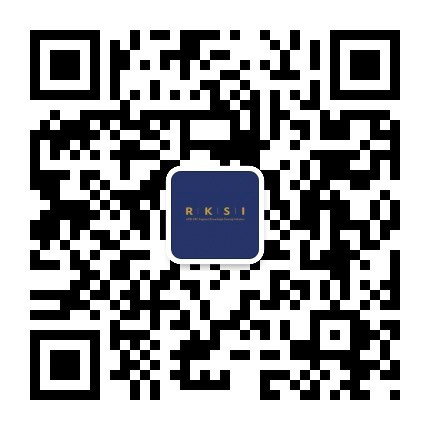Digitalization for Improving Elder Care
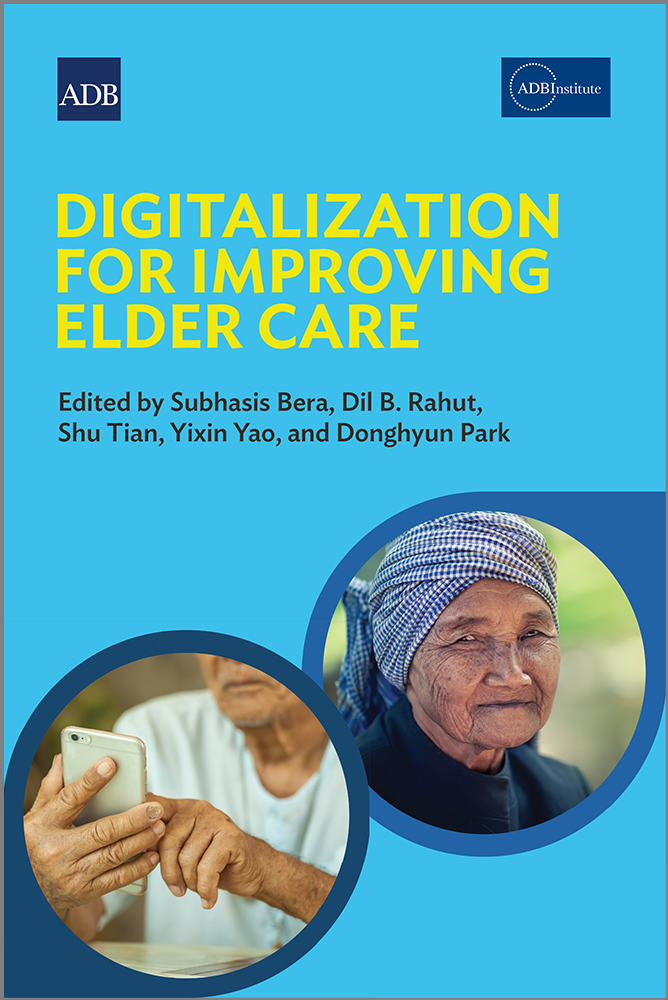

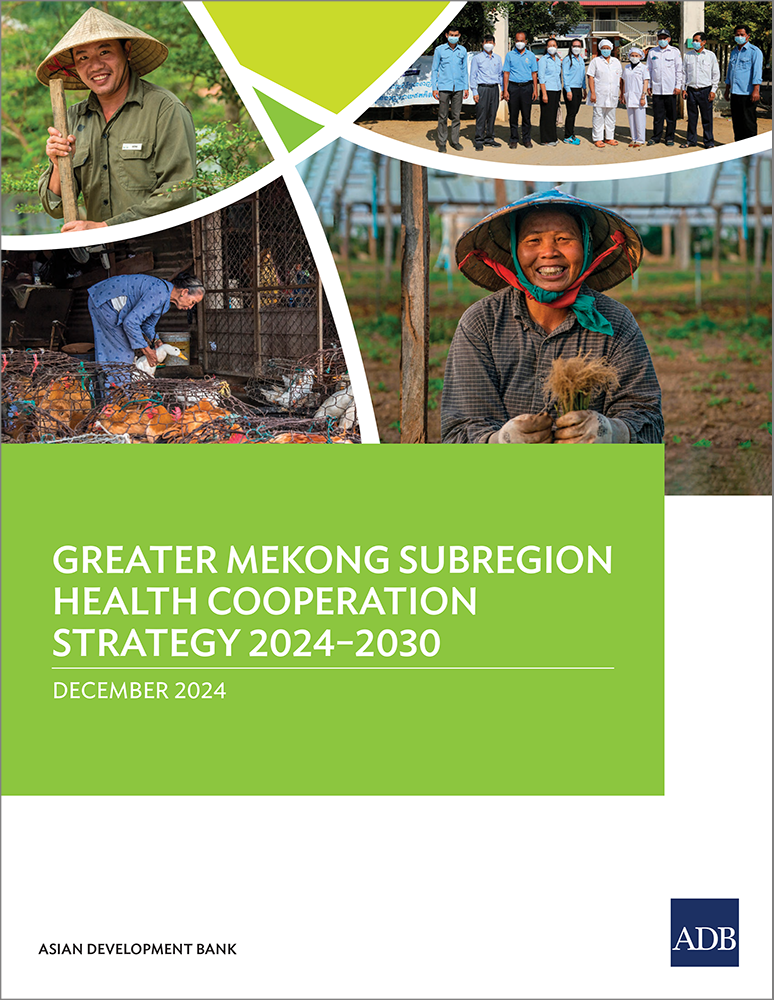
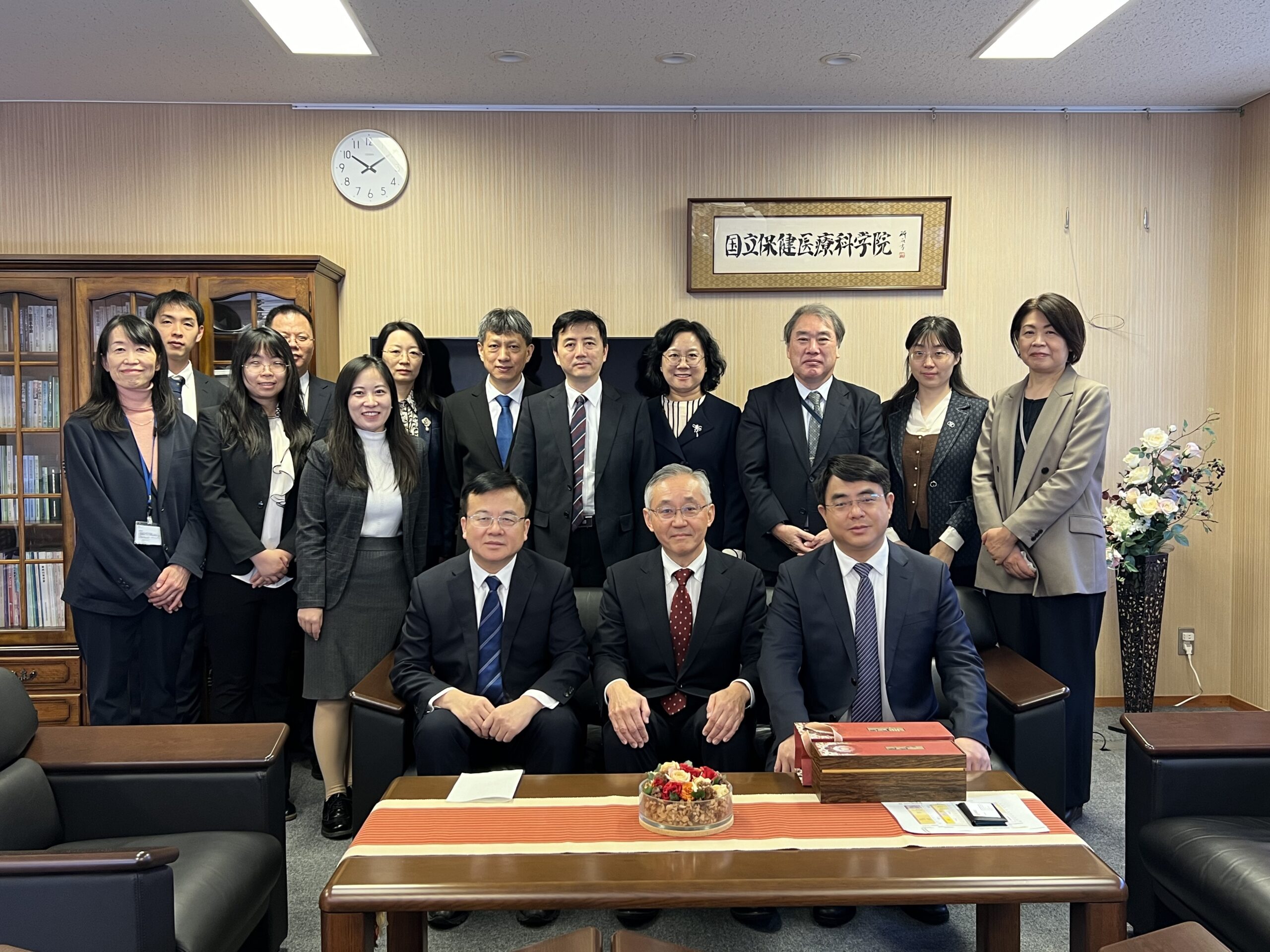
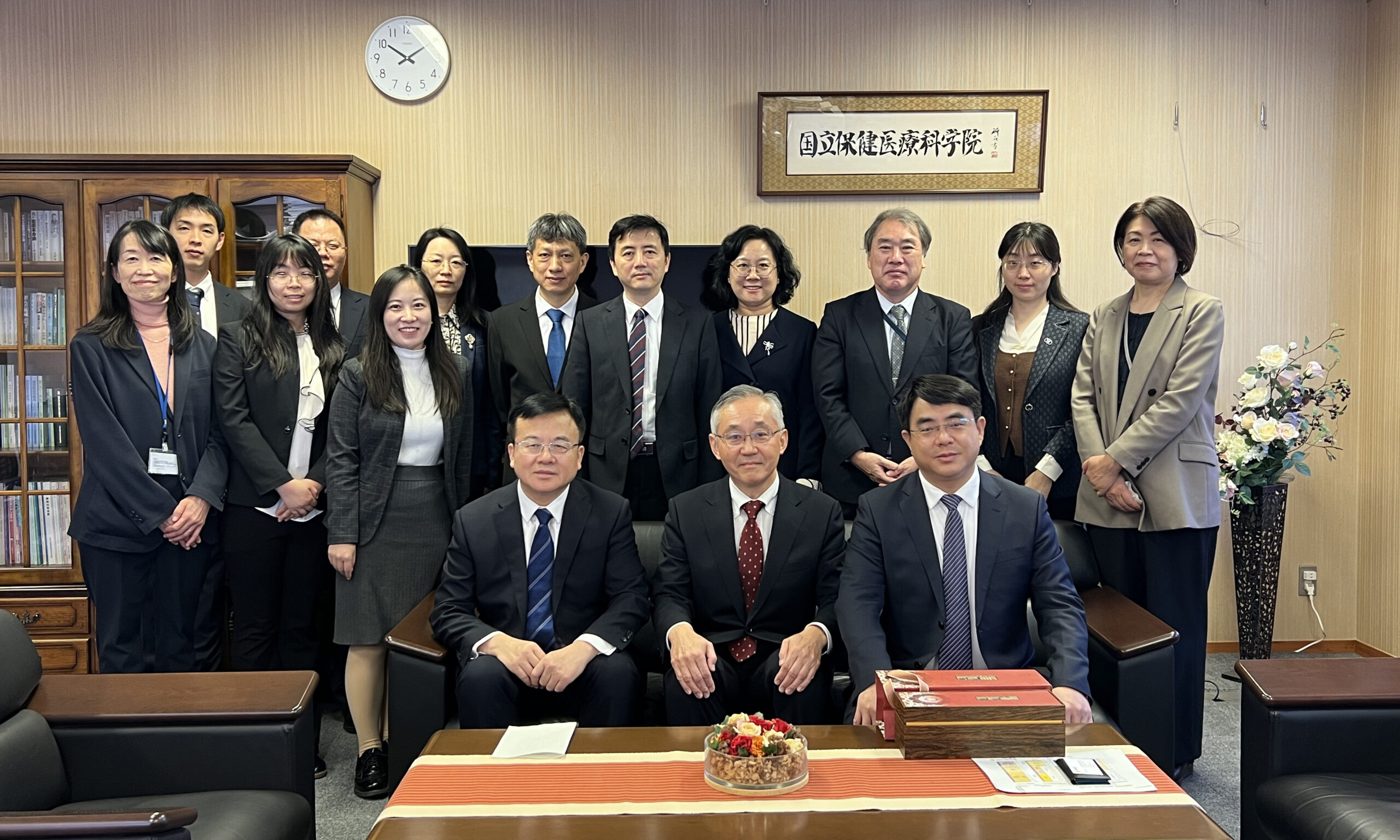
Realizing PRC’s Healthy China 2030 plan requires a strong health insurance system that ensures access to high quality and affordable healthcare. As such, PRC’s National Healthcare Security Administration (NHSA) was formed in 2018 to streamline the performance of several insurance schemes. ADB supported a multidisciplinary delegation from NHSA, health insurers and academia to visit Australia and Japan, to exchange knowledge with national and subnational governments, research institutions, hospitals and nursing homes and to explore different models of health funding with a view to instituting reforms that will drive efficient, low-cost health services that are also safe and meet the needs of patients and their families.
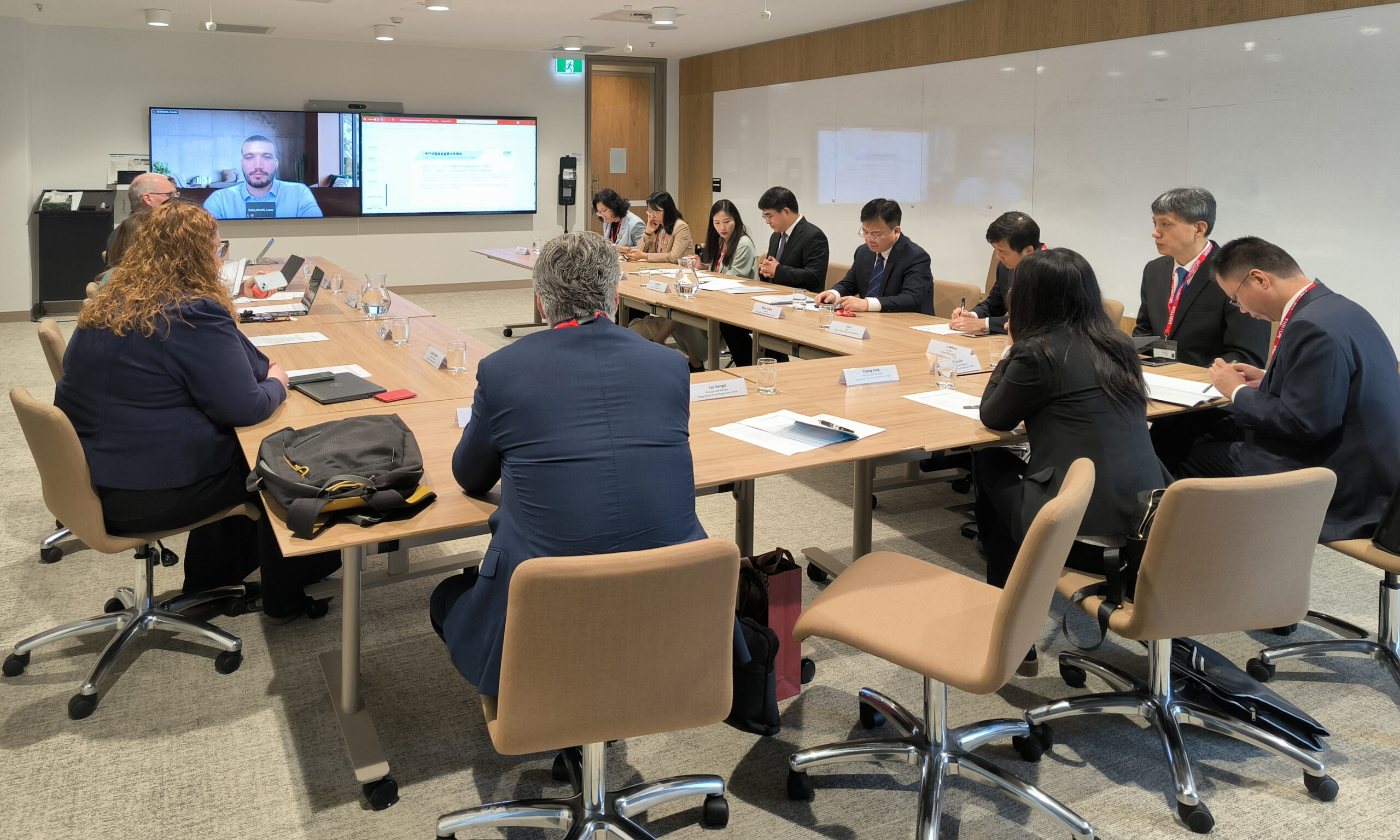
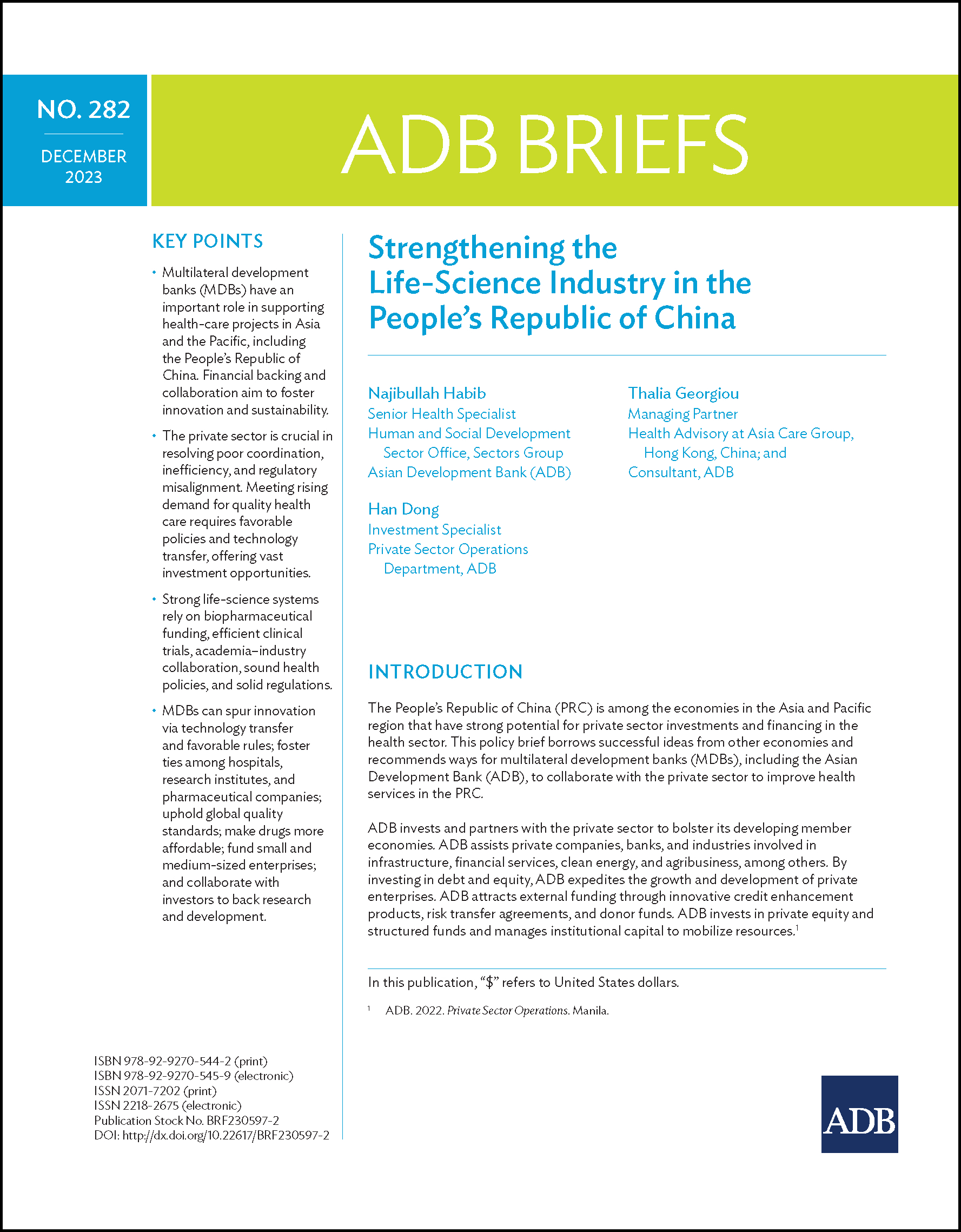
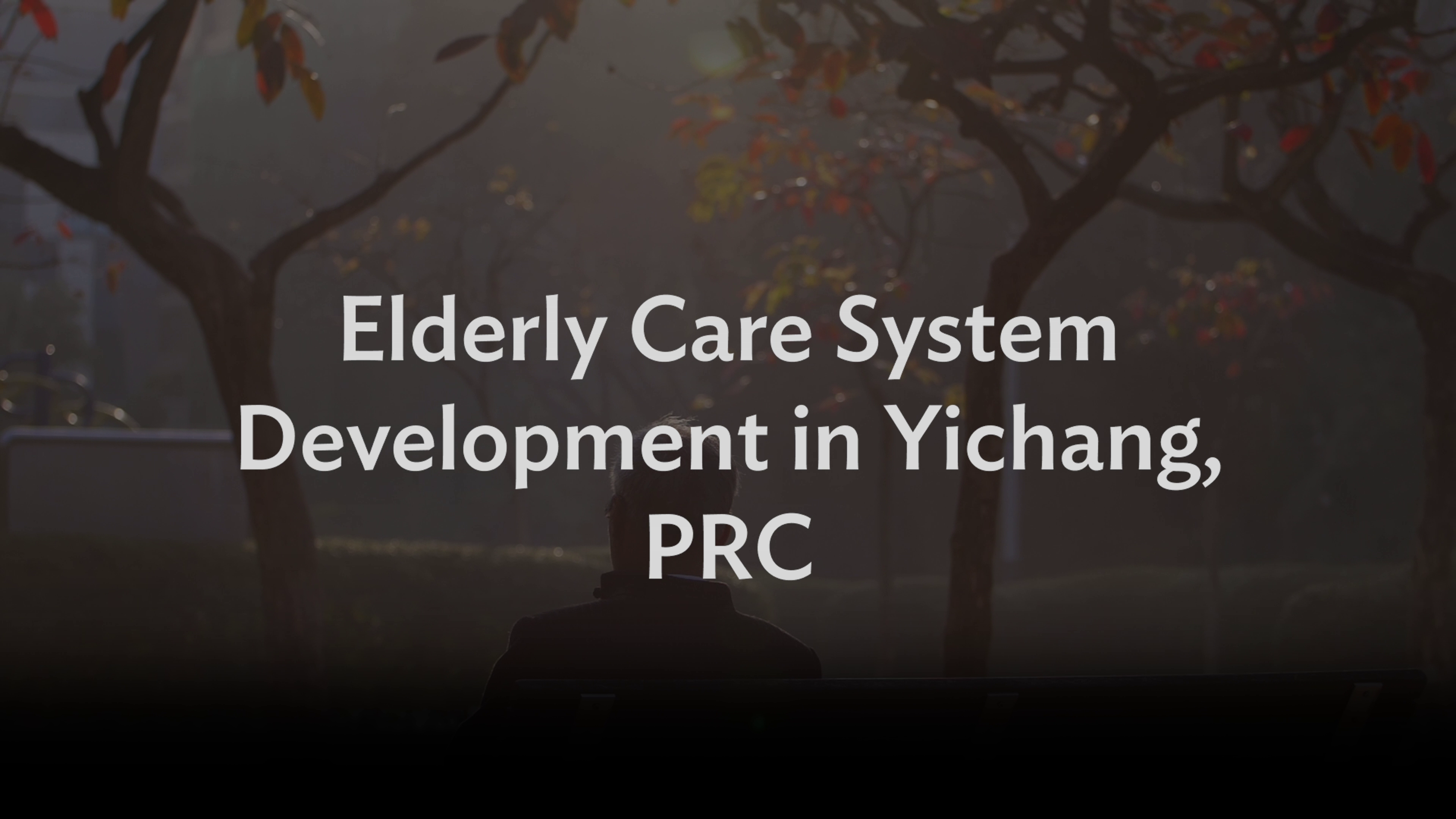
This video introduced ADB’s comprehensive support in elderly-case system development of Yichang City, PRC, with well-integrated technical assistance, loan projects and knowledge work.
Related event: Elderly Care System Development Forum
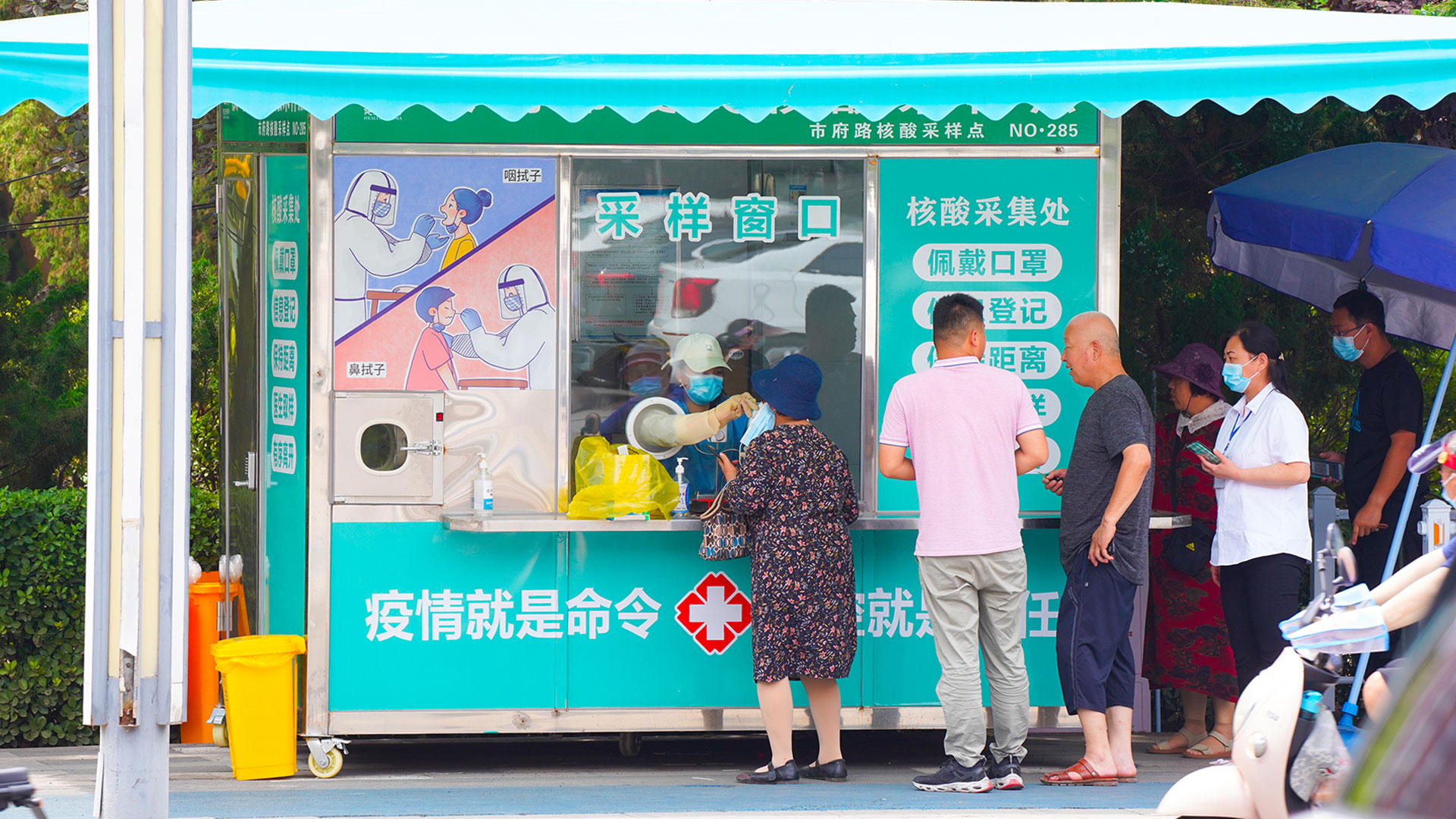
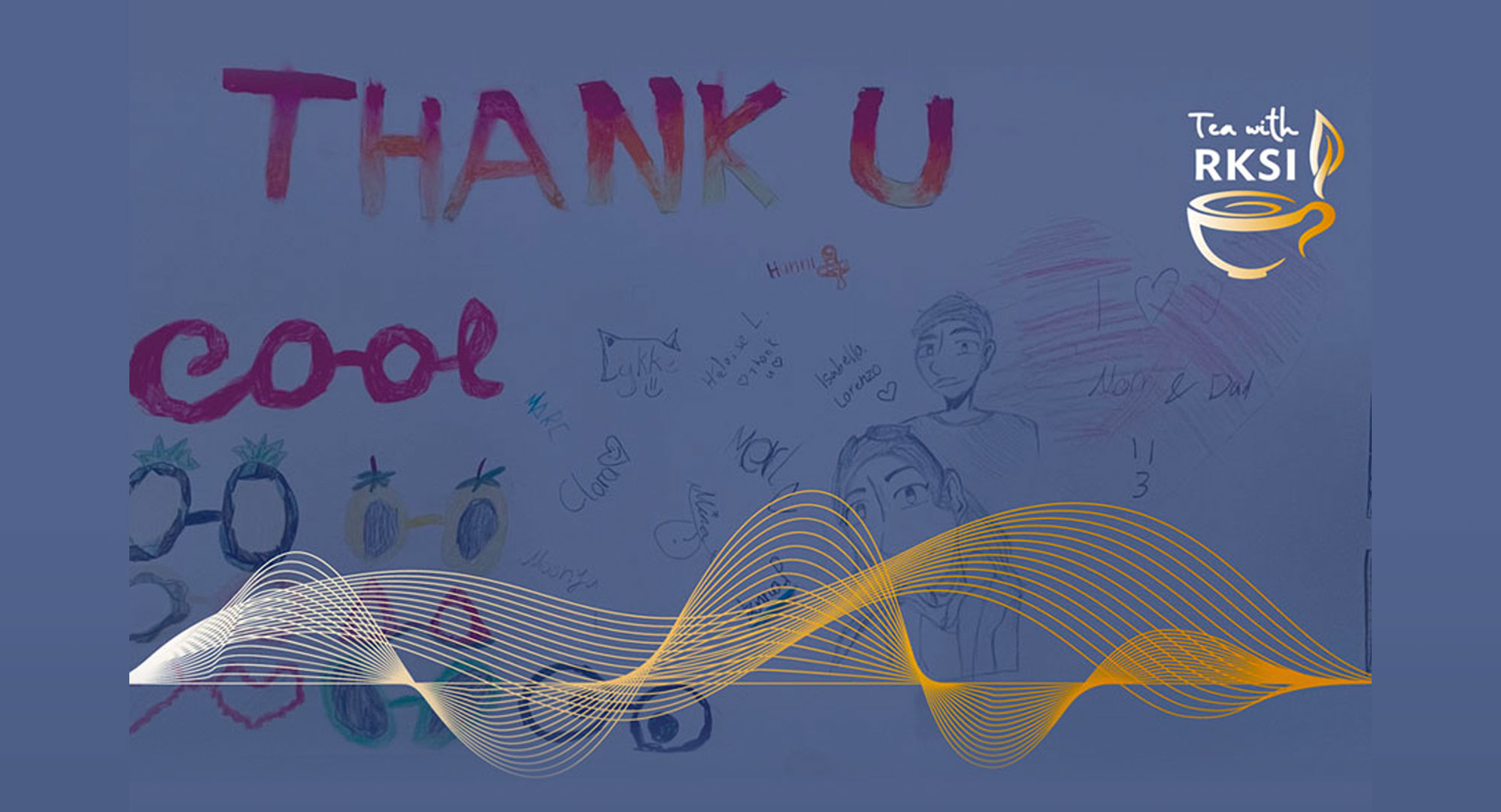
ADB health expert Najib Habib headed a project on Regional Solutions for COVID-19 Response and Vaccine Delivery in Selected Developing Member Countries. The research and first-person accounts are on the RKSI microsite. He introduces some public health insights in the following episodes and his discussions with ADB economist Marzia Mongiorgi-Lorenzo, who tells of her personal experiences in Beijing at the height of the pandemic.
Najib: Hello everybody, this is Najib Habib, health expert at the East Asia Department of the Asian Development Bank. Welcome to the RKSI Health podcast. We are here with Ms. Marzia Mongiorgi, a principal economist at the East Asia Department, Asian Development Bank in Manila. And we are here to talk about some experiences and lessons learned related to the COVID-19 pandemic in People’s Republic of China (the PRC), but also related to our other developing member countries. We consider that the COVID-19 pandemic was a great learning experience. Not only did COVID-19 provide very valuable experiences and lessons learned to healthcare workers, but also policy makers in all ADB developing member countries and beyond on very key issues such as managing a massive public health crisis, but also even major crises that could be related to, for example, climate change or disasters.
Now we try to highlight some lessons learned focusing on experiences of healthcare frontliners in [the PRC] and maybe how these can be applied to other countries in our region.

When the world started shutting down in early 2020, Marzia had only a vague idea what she and her family were facing. Her life in Beijing was about to change drastically.
Marzia: The hotel told us to pack up our bags and go back to Beijing. Once we arrived in Beijing, we found a very different city from what we left a few days before. We realized quickly. There was something serious happening.
Najib: We are talking to Ms. Marzia Mongiorgi, principal economist at the Asian Development Bank, who lived in Beijing during the beginning of the outbreak of COVID-19 in [the PRC].
Marzia: So in January 2020, I was living in Beijing with my family. I have two children and we were getting ready for the Chinese New Year vacation. We usually go to Chongli to ski. Chongli is where the 2022 Winter Olympics were held and we were looking forward to it, to see a lot of people. We don’t speak Chinese. So we were a bit detached from what was happening and we have heard about this strange flu. We didn’t anything too seriously.
To our surprise, the hotel was empty. The slopes were empty and we stayed there for 4 days. Totally ignoring what was happening in the rest of [the PRC]. But at one point, we were on the slopes and we were trying to go up again on the chair lift, when we realized that the mountain was closing down. And at that point we realized that there was probably something serious happening and that the flu or this strange flu, this virus was getting worse. And the cases were increasing in other parts of [the PRC] and that also there was a case in Chongli. A girl, I remember. The hotel told us to pack up our bags and go back to Beijing.
Once we arrived in Beijing, we found a very different city from what we left a few days before. People checking entry of people into the building. I remember very clearly the deliveries, which are a big, big business in [the PRC] were not reaching the lobby nor the apartment door, but they were left at the gate of buildings. And that was something that in years we have never seen. So we realized quickly that there was something serious happening. The office informed us that the virus was spreading that there was not enough knowledge of the virus to warn us on what to do. From outside [the PRC], families were calling us. What’s happening? This is serious. You might need to leave. What if it spreads into all [the PRC] and you are stuck there? So we had a lot of pressure from the families outside [the PRC] to leave [the PRC].
But I think that was fear talking. We tried to live our normal life. There was online work and online school for the kids and we had to get used to things we did not have anymore.
We did have a lot of support from the community, people in the building and I remember they were helping us carrying the drinking water, the big bottles. They were very nice to help us, because not speaking Chinese, we needed extra attention and extra help.
Najib: How did you get a sense of the scale of the outbreak then in Beijing? Did you feel that the outbreak was kind of like other seasonal flus or other diseases like dengue? Or did you get the feeling that this was something bigger?
Marzia: The feeling that it was something different and bigger came very quickly from calls from outside [the PRC]. Family friends. The fact that a lot of flights were cancelled. We were looking into ways to leave [the PRC]. There was absolutely no understanding or no knowledge of what was happening. Flights were either cancelled or full, so we finally did manage to get the flight.
We flew to Hong Kong, [China]. To go to Manila because my husband is from the Philippines. And also the headquarters of the Asian Development Bank is in the Philippines. The flight from Beijing to Hong Kong, [China] was full. Once we landed in Hong Kong, [China], the Philippines had just closed their borders to non-Filipinos. I was not allowed to fly on to the Philippines. And so we had to go back to Beijing. We got stuck two days in in Hong Kong, [China]. There was complete chaos in the airport. We couldn’t get our luggage for a day and but finally we managed to go back to Beijing.
Najib: Thanks a lot, Marzia. This shows the unprecedented nature of a global pandemic.

Najib describes health workers’ psychological hardship and Marzia relates how she and her family coped during the pandemic.
Najib: Among the healthcare workers in [the PRC] what we found was one of the biggest challenges was psychological.
Healthcare workers were working almost 24 hours a day to deal with this unprecedented unknown flu, eventually called COVID-19. Healthcare workers were responsible for testing, treating, and tracking suspected cases, especially difficult when people are traveling either within the city, across the province, or even across borders. When people returned from areas that are considered higher risk, they were quarantined in a hotel for 14 days and then 7 days at home, they underwent repeated nucleic acid tests.
Healthcare workers monitored the returning people’s close contacts and those who have been deemed exposed to COVID-19, including possible COVID-19 contaminated food such as fruits and vegetables. The health centers in [the PRC] regularly collected samples from workers who delivered these food packages. Healthcare workers assisted the whole population in cities and provinces to deal with the mass testing. Healthcare workers worked closely with neighborhood communities, health professionals, collecting samples every day, and collected samples from those who are bedridden or sick with the disease, and also those who are quarantined. Healthcare workers were so busy they could not go for lunch, restaurants were closed and the township health centers and others had to give them instant noodles and self-heating rice just so they could take turns eating and also sleeping so the testing and vaccination of the large population shouldn’t stop.
Many of them would go home very late at night, have a few hours’ sleep and do the whole thing all over again. Sometimes it would be difficult to agree to the quarantine measures. For example, some gaps in procedures, incomplete information, or ability to correctly follow the protocols would give rise to confusion and complaints and anger in the early days of the pandemic. Sometimes coordination mechanisms and networks did not function adequately to many health workers. People who took responsibility for rolling out these essential public health measures sometimes felt wrongly blamed for a process that was unprecedented and sometimes, of course, confusing and overwhelming. How did you cope with this stress and anxiety when you were there with your family?
Marzia: We tried to have a normal routine. We had clear times for studying or working, for lunch together, for cooking. We also would set a time for some exercise together. We could still go down and go to the park. But again, the stress of not knowing how the spreading was and how you could get it. There was really complete ignorance at the time.
Najib: Transparent and consistent communication is the most important thing to do when preventing and responding to an infectious disease. Communication through trusted sources that are consistent and regular reduce anxiety and also assist the people in making correct decisions that reduce their risk.
Among the healthcare workers in [the PRC], what we found was one of the biggest challenges was psychological. Though health workers may have mastered the procedures and the skills of how to test, treat and track the disease, still, many health workers experience difficulties in communication, difficulties on how to collaborate effectively with large teams, and even psychological difficulties. Technical issues can be resolved and overcome with skills, effort, study, and practice, but anxiety is invisible. Anxiety is something that needs to be resolved and addressed almost on a personal basis, and we need to empower people to try to address this very, very important issue when dealing with large-scale pandemics such as COVID-19. Consistent and reliable communication was seen as one of the best ways to deal with this issue.
Sometimes healthcare workers felt that communities were not being helpful because they did not understand. And this method of communication, again, often with incomplete information, but to the best of expert knowledge helped a lot in trying to reduce risk of everybody.
Marzia: I completely agree that communication is critical, especially at the beginning of the pandemic, of which there is very little knowledge. And that probably was the good thing and the bad things for us. The good thing was that not understanding Chinese, I was not fully aware of what was happening. But when information came in and I understood the scale of what was happening, we didn’t really have a sense of what’s happening.
Najib: What did you do to take care of your mental health in the pandemic, and what did you do to maybe even as a mother and as a spouse?
Marzia: We were running around the apartment, we were jumping, we were using our Xbox for We Dance, being active and making it fun for the kids. There are a lot of testimonies around the world that this work from home and this living indoors and not being able to go to work and the kids to school was heavier on women, because when kids don’t feel well or they are scared or they need help with the homework, they tend to be to go to the mother.
Maybe I was in a meeting with management and I had my son asking me how to solve the problem of math and then I would have to tell him to wait. But we had clear roles for all four of us—who cooks, who does a bit of cleaning, who helps with the homework. We were working as a team.
Najib: It shows to me that in times of stress and even disaster, you really rely on your family and your community, not just for food, shelter, protection, but also for mental health resilience and just coping with the pandemic. I really admire you and what you did.
Marzia: It was not always easy. We really had to alternate being strong for our kids.

Marzia: Suddenly I hear crying and shouting in the living room. It was my daughter. She was having a hysterical breakdown because they went down to meet the mother of her friend. They realized we were in a full lockdown. So the building was sealed off and nobody could get out of the building.
Najib: I heard you hosted a birthday party and something unexpected happened.
Marzia: In June, it was my daughter’s 11th birthday, we decided to have a small dinner party with her good friends. At the time, some cases were popping up in Beijing but life was almost normal. The kids were having fun and it was time for the first friend to go home. So my daughter brought her down to the lobby to meet her mother and suddenly I hear crying and shouting in the living room. It was my daughter. She was having a hysterical breakdown because they went down to meet the mother of her friend, they realized we were in a full lockdown. So the building was sealed off and nobody could get out of the building because there was a potential close contact in our building.
So we realized quickly that we had 10 11-year-old kids in our apartment. And thank goodness it was a potential close contact, so it was only 5 days of lockdown. If it was a positive case, we would have been locked for 10 days with the kids. Now I can smile about it and even laugh about it. But at the time it was a big shock. Imagine the other parents, they couldn’t get their kids. The other parents were more anxious than us. We had to handle the situation. We had a camp in our in our living room. We arranged all the beds. Kids at that age, some are more independent than others. Some kids were not used to sleepovers. Some kids had the best time of their life. We had to arrange for food, have games because we didn’t want them to spend the whole day on the TV or phones. Monday came the school organized online classes and online games. They even arranged psychologists to talk to the kids individually. For us it was a bit of a shock in terms of logistics and spending so many days with kids. But for such young kids, we don’t know what’s the implication on mental health.
Then they became famous in school. They were called the Famous 10. It was not always easy. But we had support from everybody. The parents got organized very quickly. Each parent got a lunch or a dinner to support us. And they were sending comfort food for their own kids.
We ended up having boxes of deliveries that we had to return once the 5 days were over. My daughter was having a blast. But at one point I also asked her to put some rules, say, cleaning their beds, cleaning the garbage. She put down a list of tasks for everyone, we really had at the end a good time.
The kids made us a drawing to thank us at the end. I have to admit I was glad when it was over. Now this is an incredible, memorable experience that will stay with us forever. The most difficult thing, though, is my son was locked out with somebody else. My son was having himself a birthday party with his friends when we got locked down. Things could come in, but nothing could get out. So we told him that you can stay with your friends. Thanks to the mom of his friends. So he also had a fantastic 5-day party with his own friends.
Najib: Thank you very much, Marzia. What an incredible story.
© 2025 Regional Knowledge Sharing Initiative. The views expressed on this website are those of the authors and presenters and do not necessarily reflect the views and policies of the Asian Development Bank (ADB), its Board of Governors, or the governments they represent. ADB does not guarantee the accuracy of the data in any documents and materials posted on this website and accepts no responsibility for any consequence of their use. By making any designation of or reference to a particular territory or geographic area, or by using the term “country” in any documents posted on this website, ADB does not intend to make any judgments as to the legal or other status of any territory or area.
